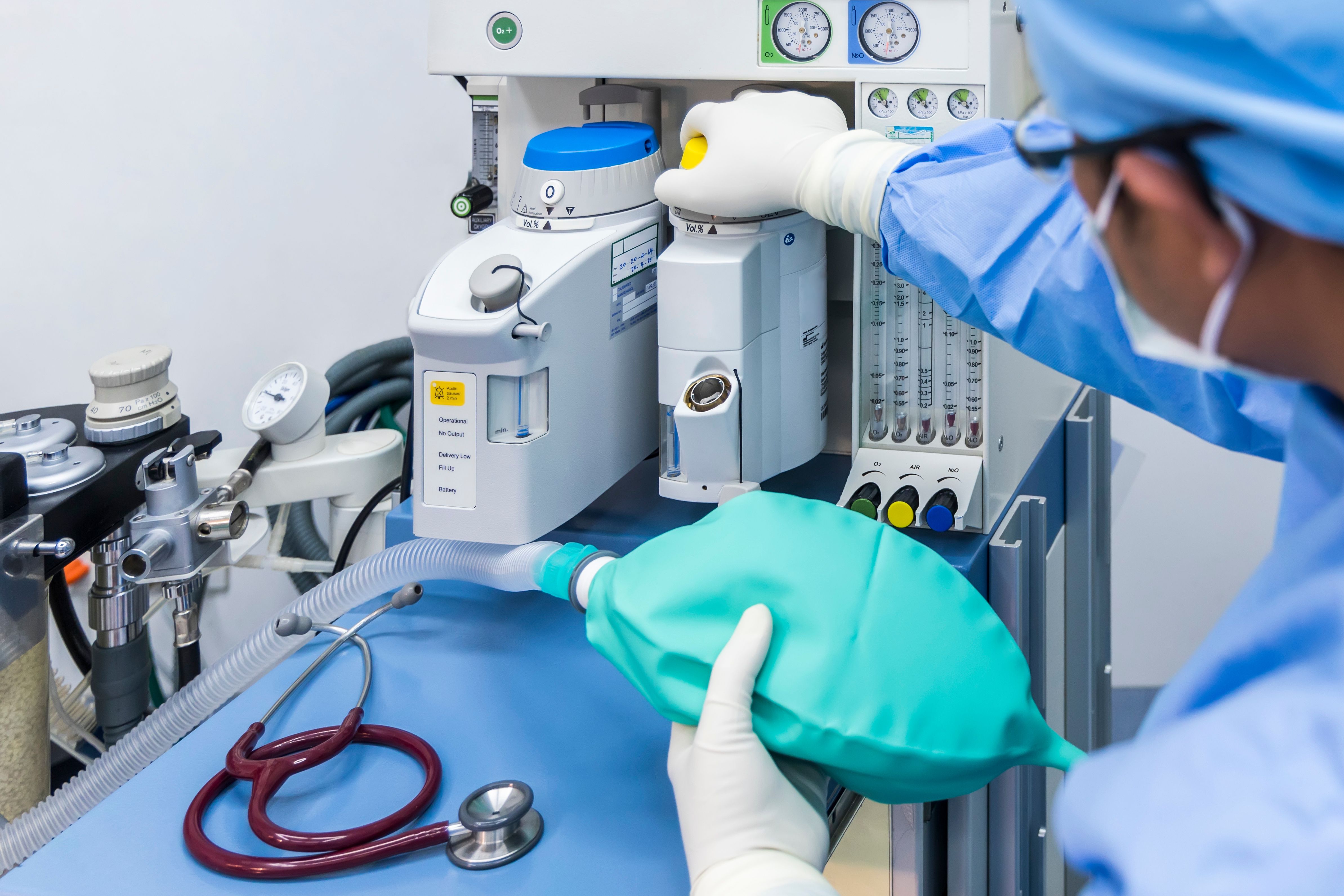New protocol accurately diagnoses pediatric anesthetic allergy
The study involved 88 pediatric patients, with 12.5% showing positive intradermal test results and 1.1% positive subcutaneous provocation.
New protocol accurately diagnoses pediatric anesthetic allergy | Image Credit: © Issara - © Issara - stock.adobe.com.

A new study supported an intradermal test, followed by subcutaneous provocation, for the diagnosis of an immediate-type local anesthetic allergy.1 This diagnostic strategy showed a high predictive value for patients with a history of anaphylaxis.
Local anesthetics are often used to provide analgesia in dental procedures and minor surgeries. However, following the operation, many patients have suspected local anesthetic allergies, although confirmed cases of immediate-type hypersensitivity are rare. A 2017 study reported the incidence of allergic reactions to local anesthetics to be ≤ 1%.2
Investigators sought to establish a diagnostic protocol for immediate-type local anesthetic allergy in children.1 They also aimed to assess the practicality and reliability of an alternative diagnostic approach for hypersensitivity testing of amide-type local anesthetics.
“Our study data demonstrate that revising the skin testing procedures in children will make a significant contribution to clinical practice,” wrote investigators, led by Sinem Aslan, from the department of pediatric allergy and immunology at Eskisehir Osmangazi University in Turkey.
In their retrospective review, the team leveraged medical records of 88 patients aged 2 – 17 years diagnosed with suspected immediate-type reactions to local anesthetics administered by pediatric dentists between January 2019 and August 2024. The sample included 47 boys and 41 girls, with a mean age of 8.5 ± 3.5 years.
More than a fourth of participants (26.1%) had physician-diagnosed allergic comorbidities. The sample also included 17% with a history of a physician-confirmed drug allergy, 12.5% with hypersensitivity to beta-lactam antibiotics, 2.2% with a family history of allergic diseases, and 2.2% with a family history of drug allergies.
Children underwent a skin prick test, and if negative, had an intradermal test at a 1:10 dilution. A positive skin prick test was defined as a wheal diameter of ≥ 3 mm greater than the negative control after 15 minutes.
If intradermal testing was negative, children had a subcutaneous provocation test. Testing for local anesthetic hypersensitivity was conducted at ≥ 4 weeks after the adverse drug reactions to prevent false-positive results; agents tested for included lidocaine, mepivacaine, articaine, bupivacaine, and prilocaine.
Among the 204 skin tests performed, 12.5% (n = 11) yielded positive intradermal test results, and 1.1% (n = 1) had a positive subcutaneous provocation response.
Suspected local anesthetic allergies were unidentified in 67% of children. Among identified agents, the most reported ones were articaine (20.5%) and lidocaine (12.5%). In total, 11 patients had a positive intradermal test, with 8 allergic to articaine (61.5%), 3 to prilocaine (23%), and 2 to lidocaine (15.5%). Moreover, intradermal testing at a 1:10 dilution demonstrated a high negative predictive value of 99% for immediate-type reactions.
The study showed no significant difference between positive and negative intradermal test results regarding age, sex, personal or family history of atopy, additional drug allergies, total IgE levels, or absolute eosinophil counts.
The most common clinical manifestations involved the cutaneous system (94.3%), and investigators observed anaphylaxis in 3 patients, all whom received a single dose of intramuscular epinephrine. Investigators also observed coughing and shortness of breath in 1 patient and vomiting in another.
As for safe alternative anesthetics, articaine was found to be suitable in 52.3% of patients, prilocaine for 23.8%, lidocaine for 20.5%, mepivacaine for 2.3%, and bupivacaine for 1.1%. Follow-up phone interviews confirmed the success of the recommended safe local anesthetic alternatives with no recurrence of local or systemic reactions.
Investigators concluded that the findings indicate that the intradermal test performed at a 1:10 dilution, followed by subcutaneous provocation, appears to be a safe and reliable diagnostic protocol.
“However, a history compatible with anaphylaxis during [local anesthetic] use should first be tested with 1:100 and 1:1000 dilutions,” the team noted. “Additionally, articaine appears to be a suitable first‐choice agent for testing and clinical use.”
This article was first published by our sister publication, HCP Live.
References
- Aslan S, Anıl H, Kaya M, Harmancı K. Evaluation of diagnostic tests for immediate-type allergic reactions to amide group local anesthetics in children. Pediatr Allergy Immunol. 2025 Apr;36(4):e70085. doi: 10.1111/pai.70085. PMID: 40193225; PMCID: PMC11975213.
- Kvisselgaard AD, Krøigaard M, Mosbech HF, Garvey LH. No cases of perioperative allergy to local anaesthetics in the Danish Anaesthesia Allergy Centre. Acta Anaesthesiol Scand. 2017 Feb;61(2):149-155. doi: 10.1111/aas.12833. Epub 2016 Nov 22. PMID: 27878813.
Newsletter
Access practical, evidence-based guidance to support better care for our youngest patients. Join our email list for the latest clinical updates.